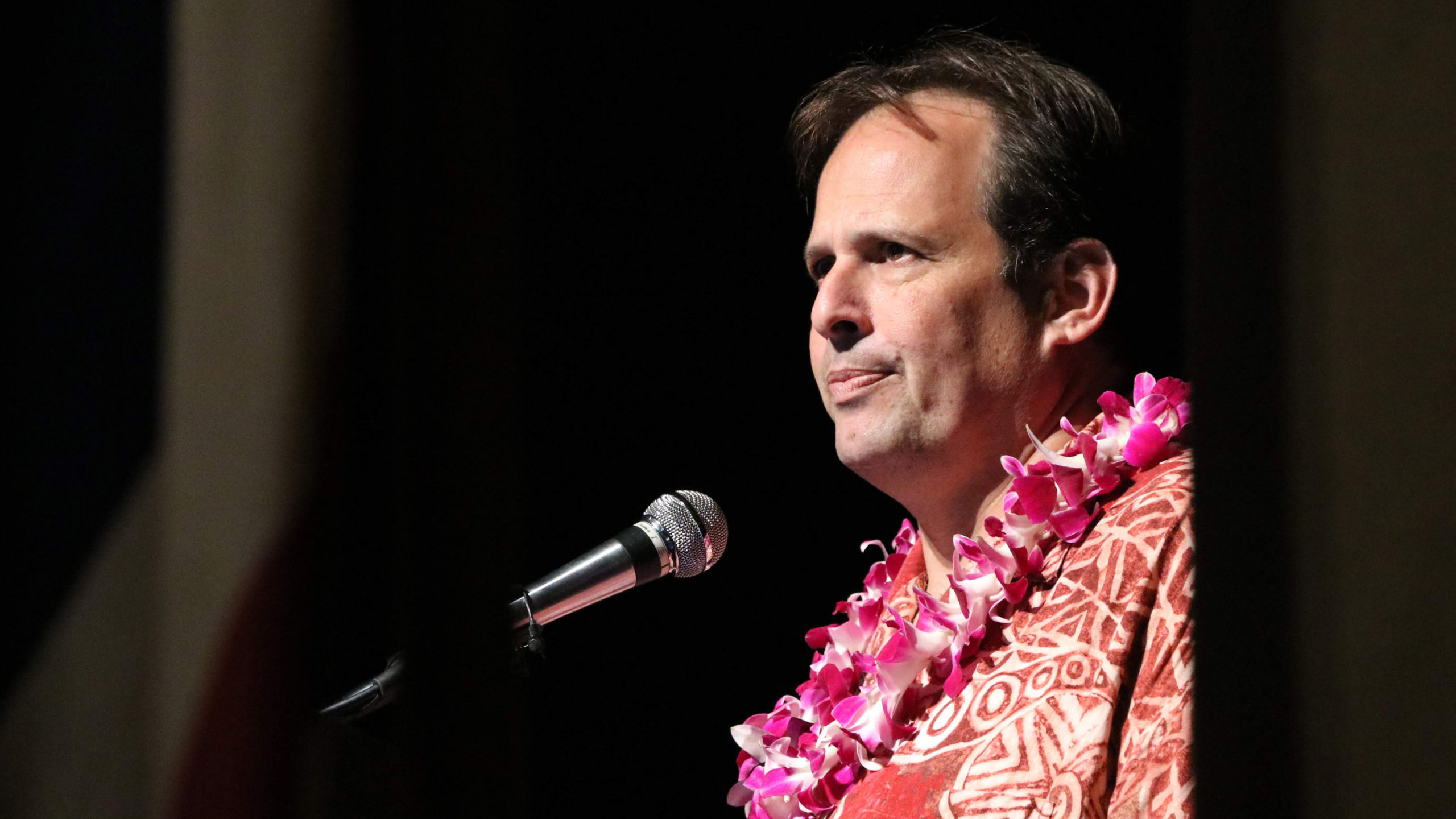Posted: May 24, 2021
Hawaii State Teachers Association President Corey Rosenlee wrote this op-ed that ran Monday, May 24, in the Honolulu Star-Advertiser.
One of the biggest concerns during the COVID-19 pandemic has been the impact on our keiki. To help our children’s education, Congress approved the $1.9 trillion stimulus which contained $126 billion for K-12 education. Hawaii’s share amounted to $412 million. The state Legislature recently unanimously passed HB613, which allocates how that stimulus funding should be spent in Hawaii, including $29.7 million for a one-time stabilization payment of $2,200 for teachers. There are those in the community who criticize using stimulus money to retain teachers. This argument makes no sense, for research has shown that the most important factor in school improvement is the teacher. Should we spend money on everything else, except the key thing that will make the biggest difference in the education of our keiki?
Tens of thousands of students will walk into a classroom in Hawaii this fall and will not have a qualified teacher. Hawaii has a perennial teacher shortage of more than 1,000 educators a year. The Rand Corp. recently released a survey that found one-quarter of all teachers said they intended to leave the teaching profession by the end of the year. The pandemic has been difficult on our educators. They have had to reimagine teaching on the fly to teach distance learning. Contrary to what many people think may be the case, lots of Hawaii teachers have been face-to-face with our students for the entire school year. If large numbers of teachers leave the profession, that could result in long-term devastating impacts and there is not an adequate pipeline to replace them. A teacher workforce stabilization payment recognizes that if we don’t keep our teachers, the negative effects could last longer than the pandemic.
That is why across the country school boards and states are making the same decision the Hawaii Legislature made to do everything possible to retain teachers. Stimulus funds are being used for similar teacher stabilization payments in other school districts in Vermont, Michigan, South Carolina, South Dakota, Tennessee, Oklahoma, Georgia, and Oregon.
For those who argue that the stabilization payment goes against collective bargaining, there already is a clear precedent of increasing payments to teachers outside of the collective bargaining process in Hawaii. Both the Legislature and the Board of Education previously took steps to retain teachers, including shortage differentials for special education, Hawaiian language immersion teachers as well as for those who teach in hard-to-staff locations. In addition, for years, the Legislature has approved $5,000 bonuses for teachers with national board certification (NBCTs) and another $5,000 for those NBCTs who work in hard-to-staff locations.
Hiring private tutors or adding a fancy curriculum cannot replace the relationships and learning that occur with a qualified teacher in the classroom. By passing HB613, lawmakers understood that by taking care of our teachers, we take care of our keiki. We sincerely hope that Gov. David Ige will sign HB613 and ensure that when students return for face-to-face learning in the fall, the face welcoming them back will be a qualified teacher.

